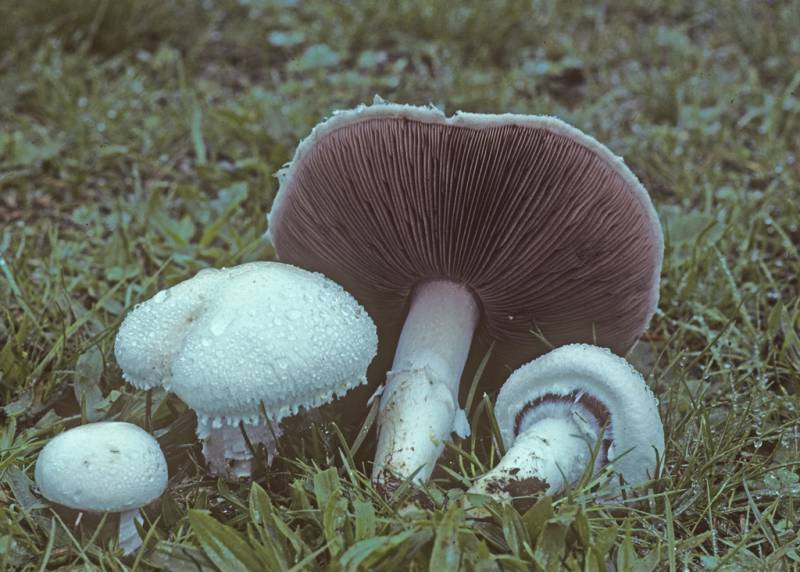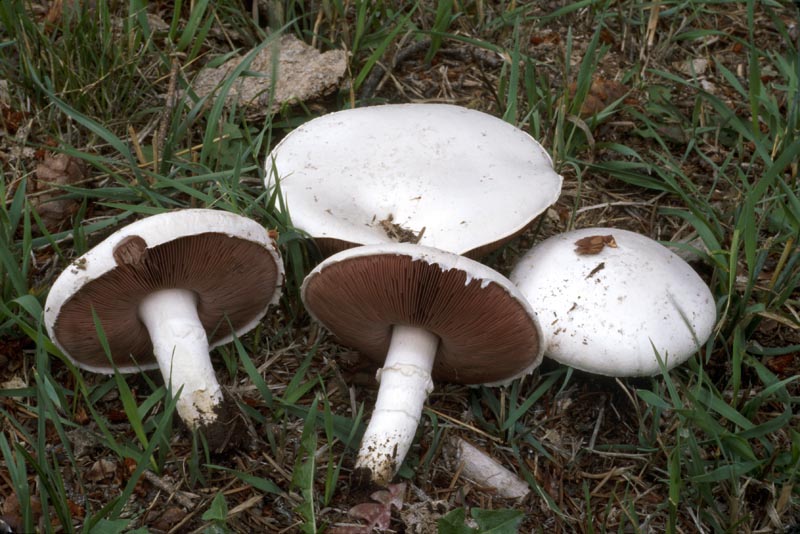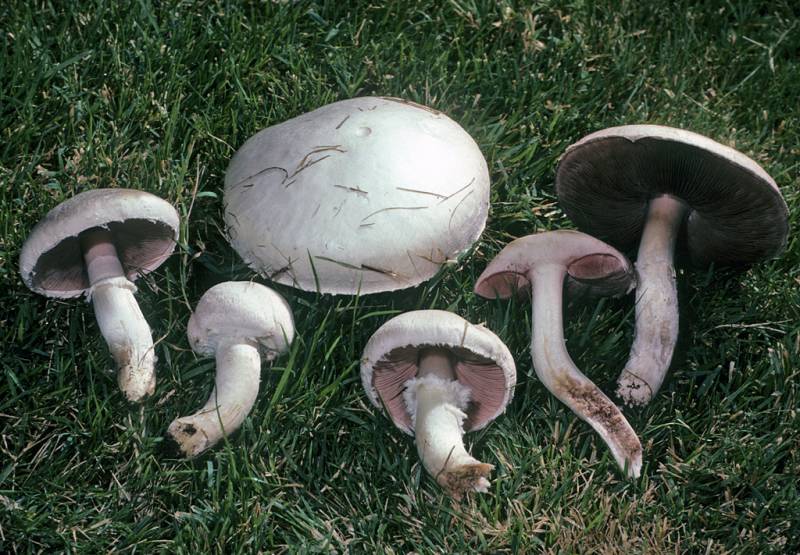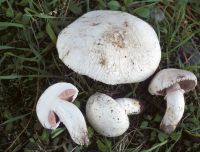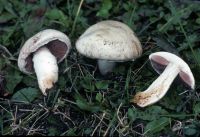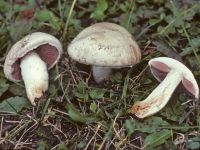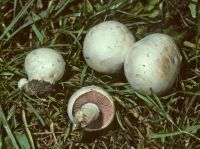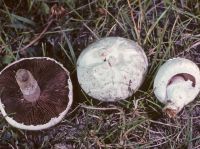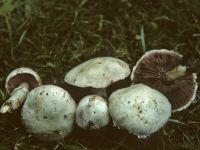Distribution: Worldwide
Habitat: Found in fields or pastures, especially those rich in manure
Conservation Status: Not of concern
Edibility: Edible
Edible
Spores are chocolate-brown; growth up to 3 inches; cap diameter up to 4 inches. Agaricus arvensis grows in pastures as well but is generally much bigger with a pendulous ring. Entoloma sinuatum has pink spores, no ring, and has a mealy smell. Amanita phalloides has white spores, has a prominent volva at base of stipe, and has a sickly sweet smell.
Sources: Trudell, Steve and Joe Ammirati. Mushrooms of the Pacific Northwest, Timber Press, Inc. 2009. Roberts, Peter and Evans, Shelley. The Book of Fungi. Chicago, The University of Chicago Press, 2011.
PNW Herbaria: Specimen records of Agaricus campestris in the Consortium of Pacific Northwest Herbaria database
CalPhotos: Agaricus campestris photos

